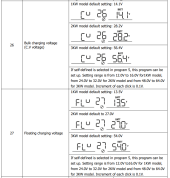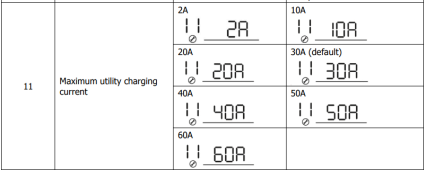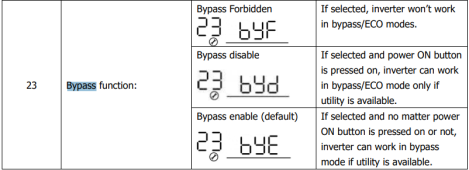Hi All,
Are there any safety methods that you know for the longer life of all-in-one inverters?
For example, one method I heard was, "Don't cut the battery power while the inverter is powering the loads".
Likewise are there any other small tips that you know?
Thank you.
Are there any safety methods that you know for the longer life of all-in-one inverters?
For example, one method I heard was, "Don't cut the battery power while the inverter is powering the loads".
Likewise are there any other small tips that you know?
Thank you.







